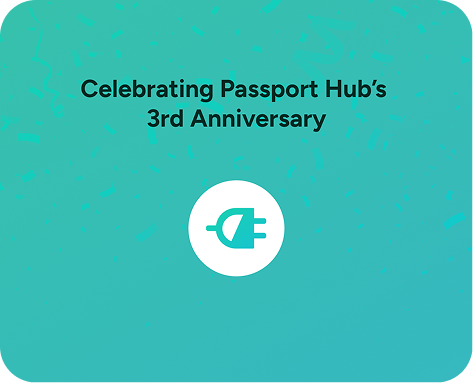Blog > Tour Indigenous Historic Sites by Electric Vehicle
Heard Museum is located in Phoenix, Arizona and dedicated to the preservation of the culture and heritage of Indigenous peoples of the Southwestern United States. Since its founding in 1929, the museum has grown in size and stature, now recognized internationally for the quality of its collections, world-class exhibitions, educational programs and unparalleled festivals.

Photo credit: Heard Museum
Today its collection consists of approximately 44,000 objects, including Navajo textiles, Zuni jewelry and contemporary Indigenous art. Among the most interesting exhibits is that of the 430 Hopi Indian Kachina dolls, purchased from former US Senator Barry Goldwater. Dozens of videos throughout the museum provide a deeper understanding of specific cultures, art forms and artists. Visitors of all ages can try hands-on activities that range from weaving with beads on an oversized loom and creating wearable art to forming their own butterflies, Apache charging baskets and Yaqui paper flowers.
EV charging near Heard Museum

Photo credit: Heard Museum
The Heard Museum is conveniently located in the city of Phoenix, offering a variety of charging stations for EV drivers, operated by charging networks such as Blink, ChargePoint, SemaCharge and more!
















































